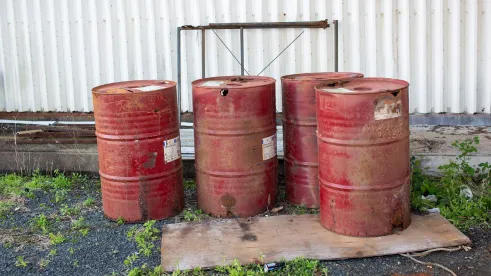On May 12, 2022, the U.S. Environmental Protection Agency (EPA) announced the publication of information collected during the 2020 Chemical Data Reporting (CDR) cycle to increase public awareness of chemicals being manufactured in communities and to enable citizen and stakeholder access and use of the reported information. The CDR rule requires manufacturers (including importers) of certain chemicals listed on the Toxic Substances Control Act (TSCA) Inventory to report data to EPA every four years. Manufacturers (including importers) are required to report if they meet certain production volume thresholds, generally 25,000 pounds or more of a chemical at any single site. CDR is the most comprehensive source of basic exposure-related information on chemicals in U.S. commerce. EPA states that the collection of CDR information “is essential to meeting the agency’s information needs, especially for prioritization, risk evaluation, and risk management of chemicals under TSCA.” According to EPA, CDR information enables it to develop an understanding of the types, amount, end uses, and possible human exposure to inform its identification, evaluation, and management of risks to human health and environmental risks.
The 2020 CDR information primarily covers manufacture, processing, and use activities for calendar year 2019. The data released include company and site information, manufacturing (including import) information, production volume, and processing and use data, as well as information on chemicals not included in previous releases. According to EPA, this includes chemicals that lost their confidential status on the TSCA Inventory because one or more manufacturers reported the chemical identities as non-confidential during the 2012, 2016, and/or 2020 CDR reporting periods. Therefore, the 2020 CDR database will include information related to those chemical identities that could not be revealed publicly in previous publications of CDR data.
The 2020 CDR data are available in downloadable files on EPA’s CDR web pages. EPA states that it will also soon make the data available in ChemView. Resources about using the CDR database and interpreting the CDR data are also available from EPA’s CDR website.




 />i
/>i

